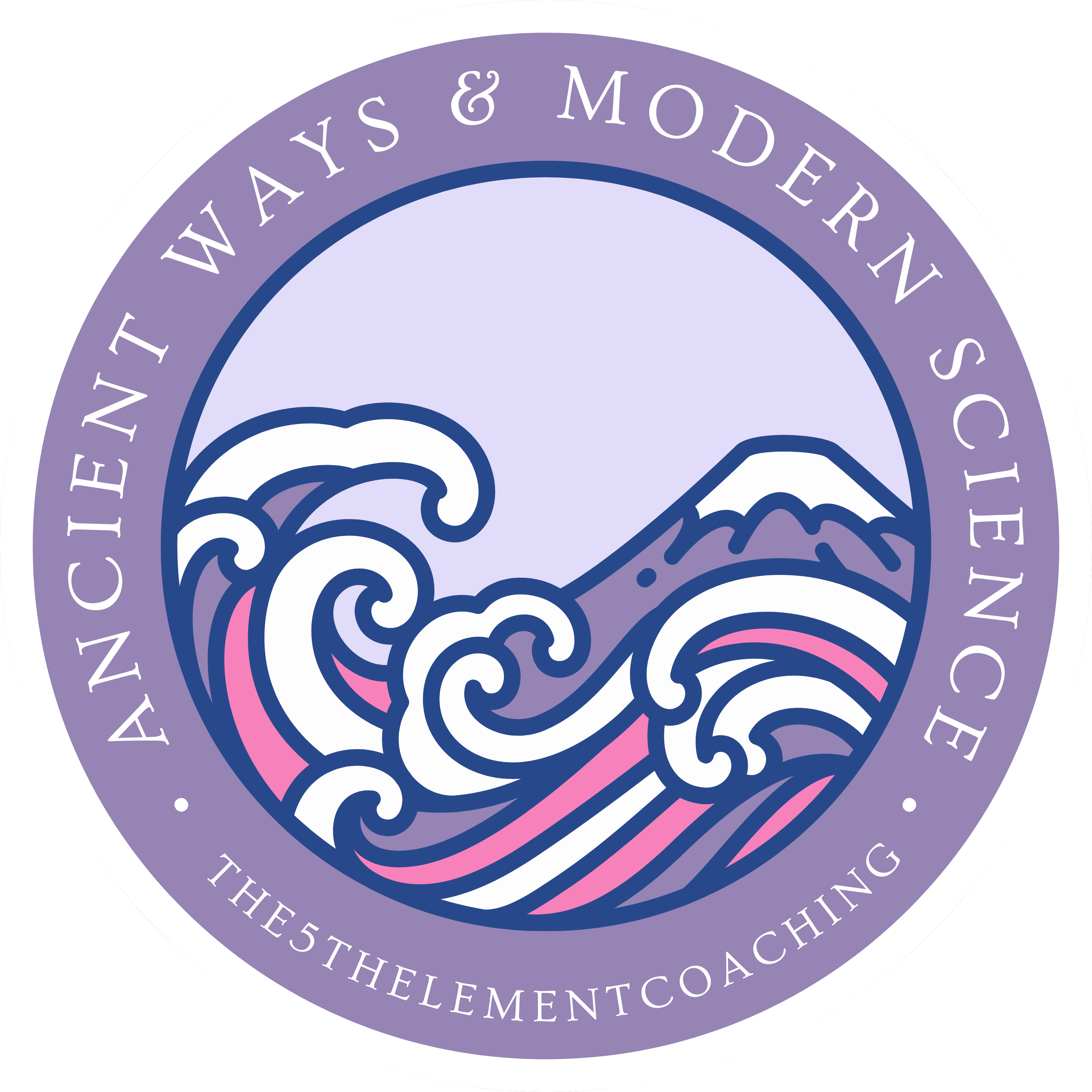Introduction: The Enigmatic World of Tarot Cards
The ancient art of tarot card reading has fascinated seekers of wisdom, offering glimpses into the tapestry of the past, present, and future. In this comprehensive guide, we embark on a journey through the mystique of tarot cards—exploring their origins, delving into modern usage, and unveiling the secrets held within each card.
I. History of Tarot Cards: From Ancient Roots to Modern Insights
A. Ancient Origins:
- Tarot’s Beginnings: Tarot cards trace their roots to 15th-century Europe, likely originating in Italy as playing cards.
- Early Divination: The transition from gaming to divination occurred in the 18th century, when tarot cards gained popularity among occultists and mystics.
B. Esoteric Revival:
- 19th-Century Renaissance: The 19th century witnessed a resurgence of interest in mysticism and esoteric knowledge, leading to the integration of tarot into spiritual practices.
- The Hermetic Order of the Golden Dawn: Influential occultists, including members of the Golden Dawn, played a pivotal role in shaping the modern interpretation of tarot.
II. Modern Use of Tarot Cards: Beyond Fortune-Telling
A. Divination and Beyond:
- Fortune-Telling Traditions: Tarot cards are often associated with predicting the future, guiding individuals through life’s challenges.
- Psychological Insight: Modern psychologists and therapists use tarot as a tool for self-reflection and exploring the unconscious mind.
B. Spiritual Exploration:
- Spiritual Connection: Tarot cards serve as a conduit for spiritual exploration, connecting individuals with higher consciousness.
- Personal Growth: Many use tarot as a means of introspection and personal development, seeking insights into their inner world.
III. The Anatomy of Tarot Cards: Exploring the Deck
A. The Tarot Deck:
- Structure: A standard tarot deck consists of 78 cards, divided into two main categories—Major Arcana and Minor Arcana.
B. Major Arcana: The Journey of the Soul:
- Key Themes: Major Arcana cards represent significant life events and archetypal energies.
- Examples: The Fool, The Lovers, The Hierophant, The World.
C. Minor Arcana: Everyday Influences:
- Four Suits: Cups, Pentacles, Swords, and Wands each represent different aspects of life.
- Numerical Influence: Cards numbered Ace to Ten, along with Court Cards (Page, Knight, Queen, King).
D. Reading Tarot Cards: Basic Principles:
- Intuition and Interpretation: Reading tarot involves a combination of learned symbolism and intuitive interpretation.
- Card Spreads: Different spreads, such as the Celtic Cross or Three-Card Spread, offer diverse insights.
IV. Demystifying the Cards: A Closer Look at Select Tarot Cards
A. The Fool: New Beginnings and Spontaneity
- Symbolism: Represents the journey of the soul, embracing the unknown.
- Key Interpretation: Encourages embracing opportunities with an open heart.
B. The Lovers: Choices and Relationships
- Symbolism: Depicts a choice between paths, often associated with romantic relationships.
- Key Interpretation: Encourages thoughtful decision-making in matters of the heart.
C. The Hierophant: Tradition and Spiritual Guidance
- Symbolism: Represents traditional values and spiritual guidance.
- Key Interpretation: Advises seeking wisdom from established traditions or mentors.
D. The Ten of Pentacles: Wealth and Legacy
- Symbolism: Illustrates material prosperity and familial legacy.
- Key Interpretation: Signifies financial abundance and the importance of generational wealth.
V. Conclusion: Embracing the Wisdom of the Tarot
In conclusion, tarot cards stand as a powerful tool for seekers, offering insights into the complexities of life and the human experience. From their mysterious origins in medieval Europe to their modern-day use in spiritual exploration and personal growth, tarot cards continue to captivate and inspire those who embark on the journey of self-discovery. As you shuffle the deck and draw the cards, remember that the wisdom of the tarot invites you to unravel the enigma of your own story. 🌙🔮 #TarotCards #Divination #SpiritualJourney






